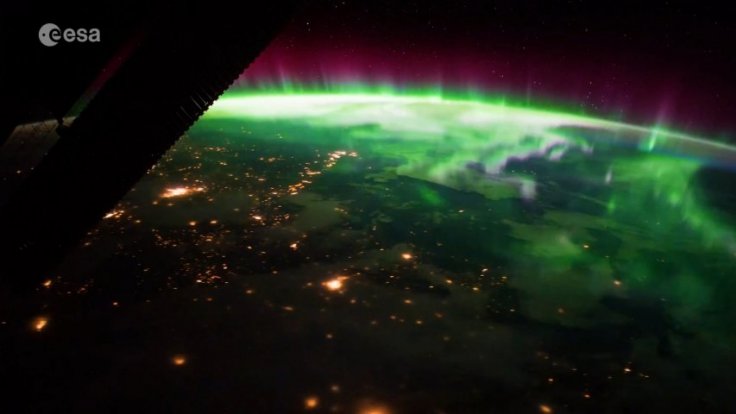The northern lights or the aurora borealis are the natural phenomena which are considered as most dramatic and magical natural events in the world. It provides an amazing synchronization of lights with colours over the polar regions.
But recently an inter ant NASA noticed the movies of the northern lights in a very strange manner. She detected that the aurora borealis moving in a spiral motion reminiscent of a seashell.
The NASA intern
Earlier reports revealed that a teen NASA intern, Wolf Cukier, has discovered a distant planet orbiting a pair of stars. The status of the planet, TOI 1338b, was confirmed by the New York teen during his internship at the US space agency.
Later, once again another intern, Jennifer Briggs, who is a Pepperdine University physics student and an intern at NASA's Goddard Space Flight Center in Maryland, found something extraordinary through her dedication and determination. The intern spotted the oddly twisting aurora in three-year-old observations from all-sky cameras on the ground in Svalbard, Norway.
The unusual Northern lights

The auroral events are actually caused by solar winds. Particles escape from sun hurtling particles of plasma, known as the solar wind, into space which reaches earth within almost 40 hours from the release. When they reach the blue planet they cause the dramatic displays known as the aurora borealis.
But in this recent incident, the weirdest thing about the lights was that they appeared during a period of relative calm space weather. As per the scientists, there had been none of the solar eruption or solar flare, which is usually observed near its surface and in close proximity to a sunspot group, that normally precedes an increase in the usual activities of the aurora.
The finding of the NASA intern

The unusual motion of the aurora and data from ground radars and NASA's Magnetospheric Multiscale mission revealed that something else had caused the weird sighting by disturbing earth's atmosphere. In addition to that Briggs, said: "You can imagine someone punching Earth's magnetic field." She has presented her findings at the American Geophysical Union meeting in San Francisco in December.
NASA's Magnetospheric Multiscale mission (MMS) showed a dramatic compression of the magnetosphere. While explaining Briggs said, "Not only have we never seen a compression of this intensity, we've never even predicted one."
However, the researchers at the space agency mentioned that for the first time they have documented a geomagnetic storm originating in the area called the foreshock, and outside zone from earth's magnetosphere. As of now, this newly detected aurora is being called as "foreshock aurora."









